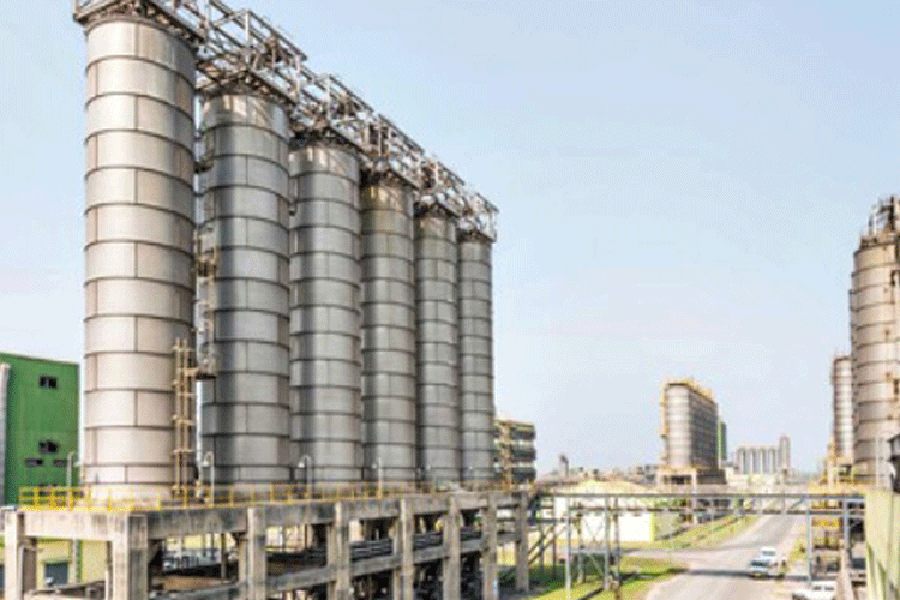India's manufacturing sector growth climbed to a 16-year high in March on the back of the strongest increase in output and new orders since October 2020, amid reports of buoyant demand conditions and improved hiring, a monthly survey said on Tuesday.
Ahead of general elections this month, the data is likely to boost support for Prime Minister Narendra Modi's government, which has focused on manufacturing to improve growth.
The seasonally adjusted HSBC India Manufacturing Purchasing Managers' Index (PMI) surged to a 16-year high of 59.1 in March, from 56.9 in February, reflecting stronger growth of new orders, output and input stocks as well as renewed job creation.
In Purchasing Managers' Index (PMI) parlance, a print above 50 means expansion while a score below 50 denotes contraction.
"India's March manufacturing PMI rose to its highest level since 2008. Manufacturing companies expanded hiring in response to strong production and new orders. On the back of strong demand and a slight tightening in capacity, input cost inflation picked up in March," Ines Lam, Economist at HSBC, said.
Manufacturing output rose for the 33rd month running in March and to the greatest extent since October 2020. Growth quickened across the consumer, intermediate and investment goods sectors.
Inflows of new work strengthened from both domestic and export markets. New export orders increased at the fastest pace since May 2022, the survey said.
Quantities of purchase increased at the quickest rate since mid-2023, and one that was among the strongest in nearly 13 years, as companies sought to build up stocks in advance of expected improvements in sales.
On the job front, after leaving payroll numbers broadly unchanged in the previous two months, manufacturers in India took on additional workers in March. The pace of job creation was mild, but the best since September 2023, the survey said.
On the price front, despite remaining modest by historical standards, cost pressures were at their highest in five months. Companies reported having paid more for cotton, iron, machinery tools, plastics and steel.
However, customer retention remained a priority for goods producers who raised their charges to the least extent in over a year.










